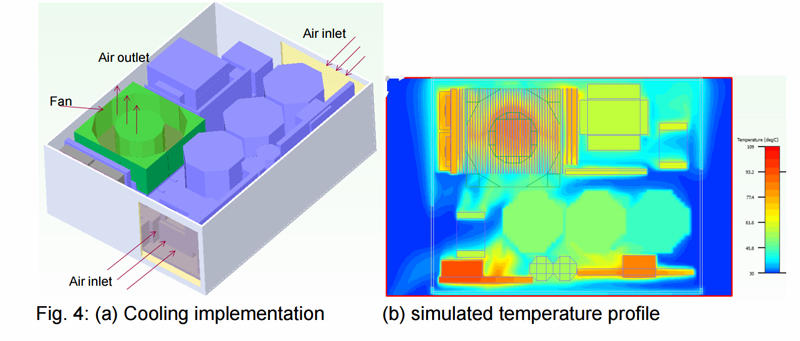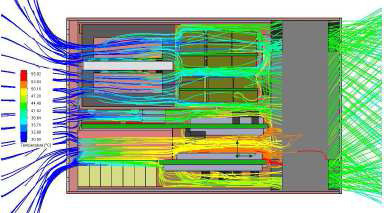Google contest results for the most efficient inverter

Schneider Electric Team Second Inverter
Almost two years ago, Google announced the Little Box Challenge contest with a prize fund of $ 1 million to develop the most efficient compact inverter that converts direct current into alternating current. To win, it was necessary to create a two-kilowatt inverter with a specific power density of at least 50 watts per cubic inch (3.05 W per cm 3 ).
For comparison, a conventional DC-Inverter for car cigarette lighter has a density of 1-2 watts per inch, and very expensive inverters for solar batteries - about 5 watts per cubic inch. That is, Google wants someone to offer a design that is an order of magnitude higher than the characteristics of those that are available now.
Amazingly, the winner of the Little Box Challenge not only fulfilled the conditions of the competition, but showed a much better result. The winner was the team of the company CE + T Power. Also published a technical description of the device .
')
The proposed inverter comes in a case with a volume of 225.6 cm 3 (6.35 x 4.1 x 8.7 cm), that is, the two-kilowatt inverter can be held in hand. With such a volume, the energy density is 8.87 W / cm 3 .
The main technical innovation in the invention was the use of transistors based on gallium nitride (GaN) and a very efficient cooling system.
Gallium nitride transistors have unique electrical characteristics - a large band gap, high values of carrier mobility and their saturation rates, high thermal conductivity, etc., which creates devices based on them with record values of power, voltage and current, and gives them an edge over common MOSFET and IGBT devices. Moreover, GaN transistors are cheaper to manufacture.
Engineers from the CE + T Power team have been able to eliminate the disadvantages of gallium nitride transistors - difficulty in control, sensitivity to electromagnetic noise and a serious voltage drop when the transistor is turned off.

For efficient cooling, all components are located around the cooler. The movement of air flow is carefully calculated.

Even the shape of the holes in the radiator was specially considered in order to find a compromise between effective cooling and minimal collection of dust and debris in the holes.

Under the terms of the competition, the temperature of the case outside should not exceed 60ºC. 3D models of all radiators were tested in the simulator and they chose the most effective form in the form of honeycombs.

A competent engineering approach brought the team of CE + T Power a deserved million dollars.
Other contest finalists include the Schneider Electric team inverter (6.1 W / cm 3 ) and the Virginia Tech inverter (3.7 W / cm 3 ).
Source: https://habr.com/ru/post/391329/
All Articles